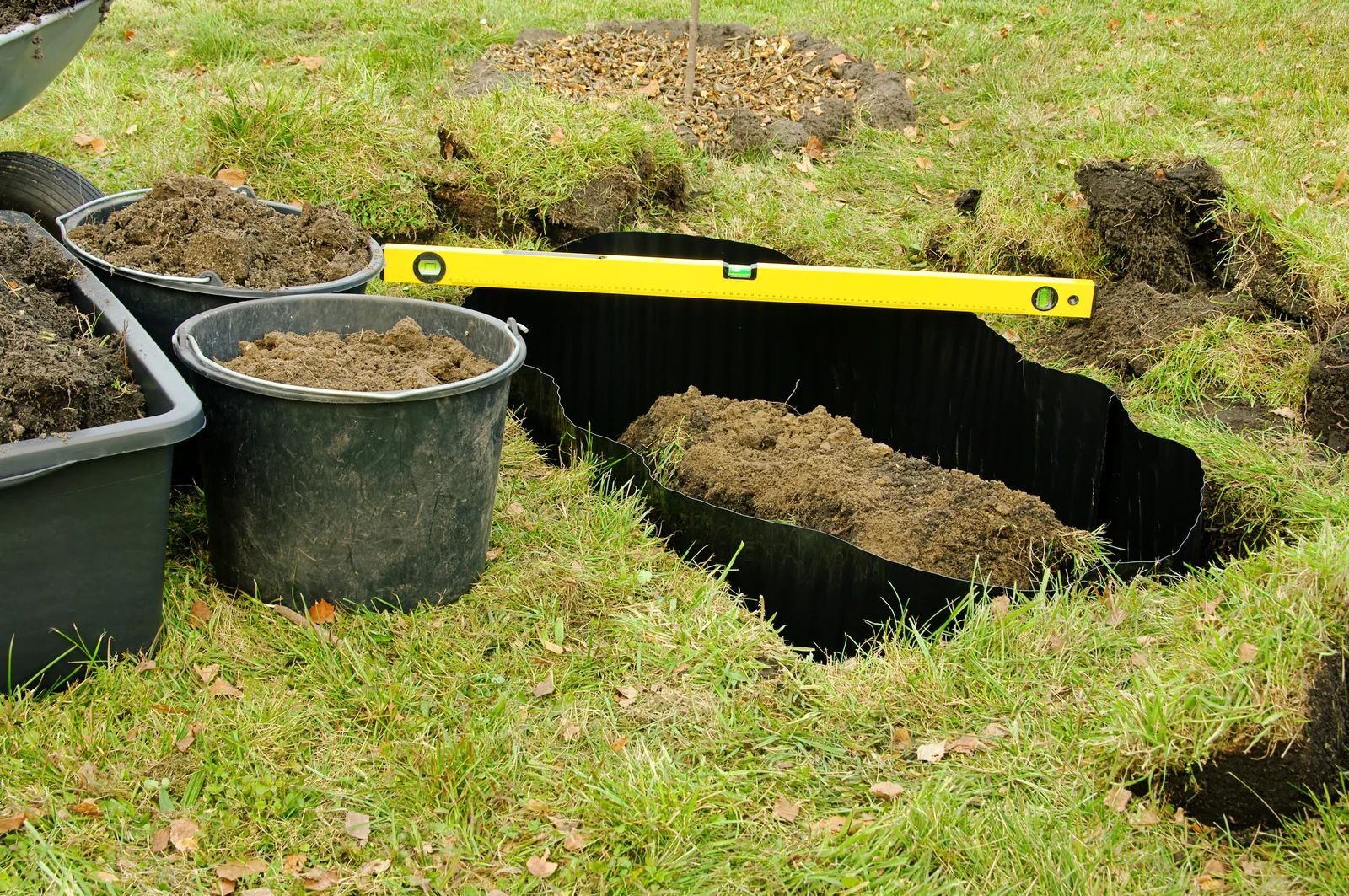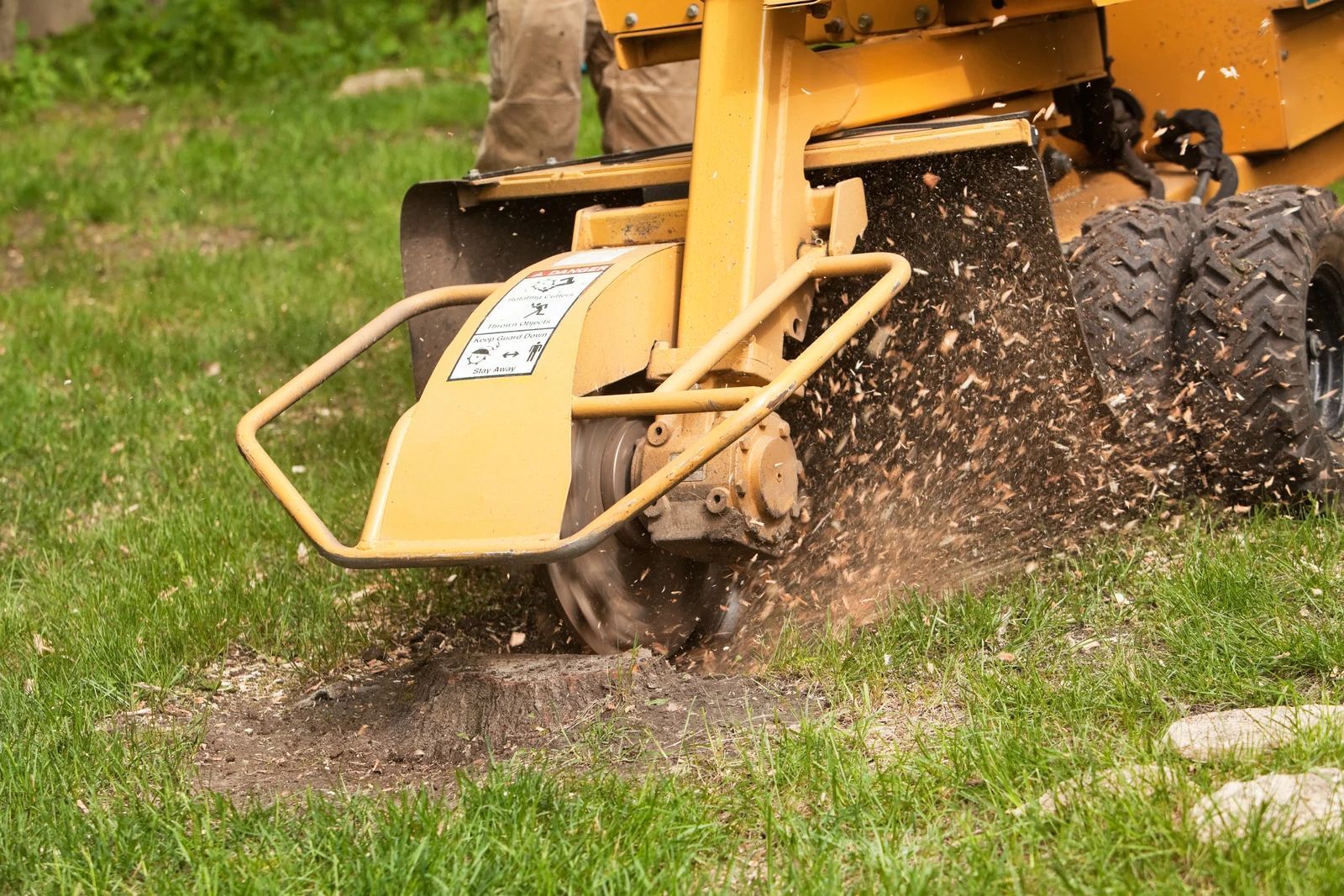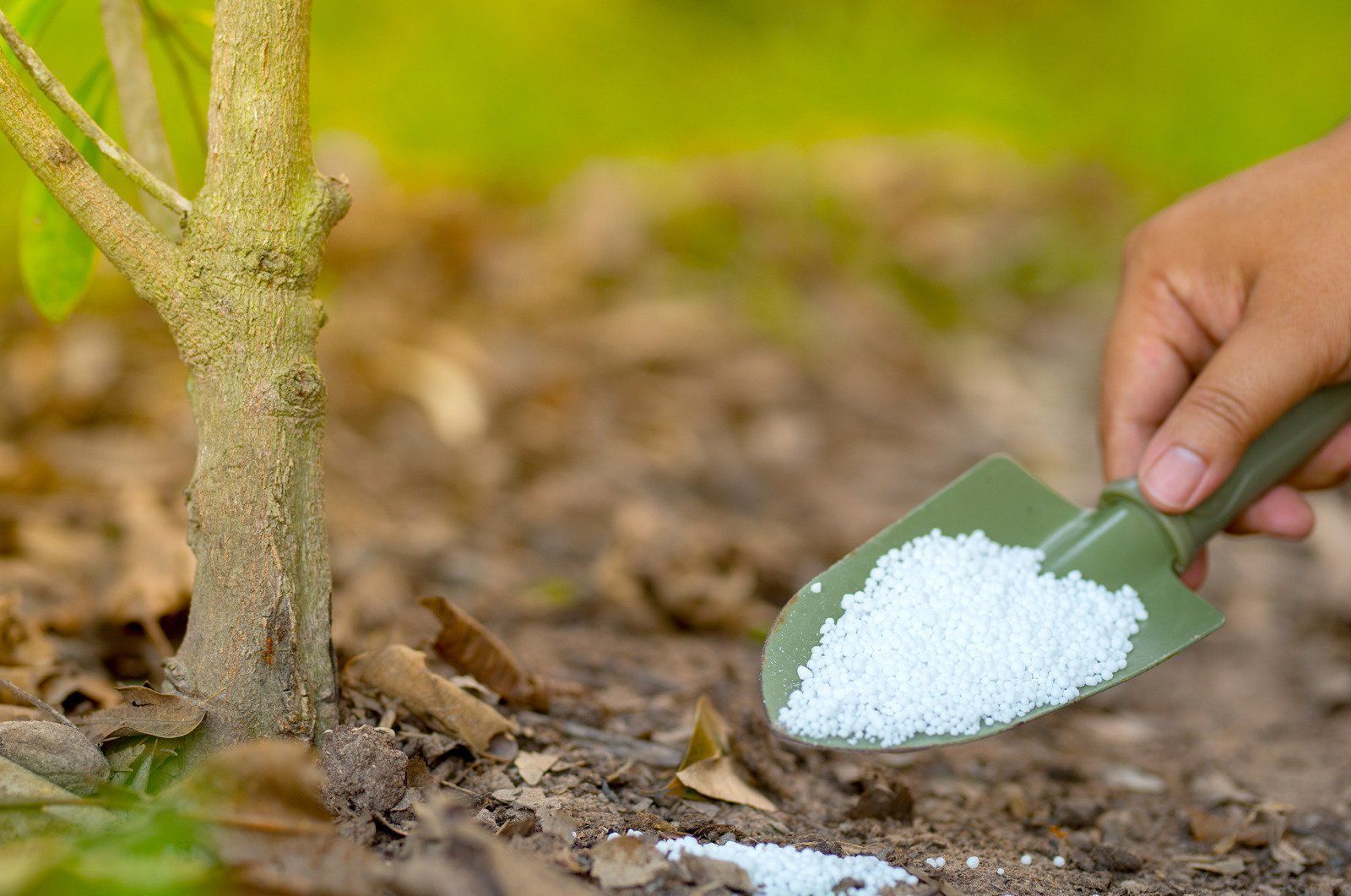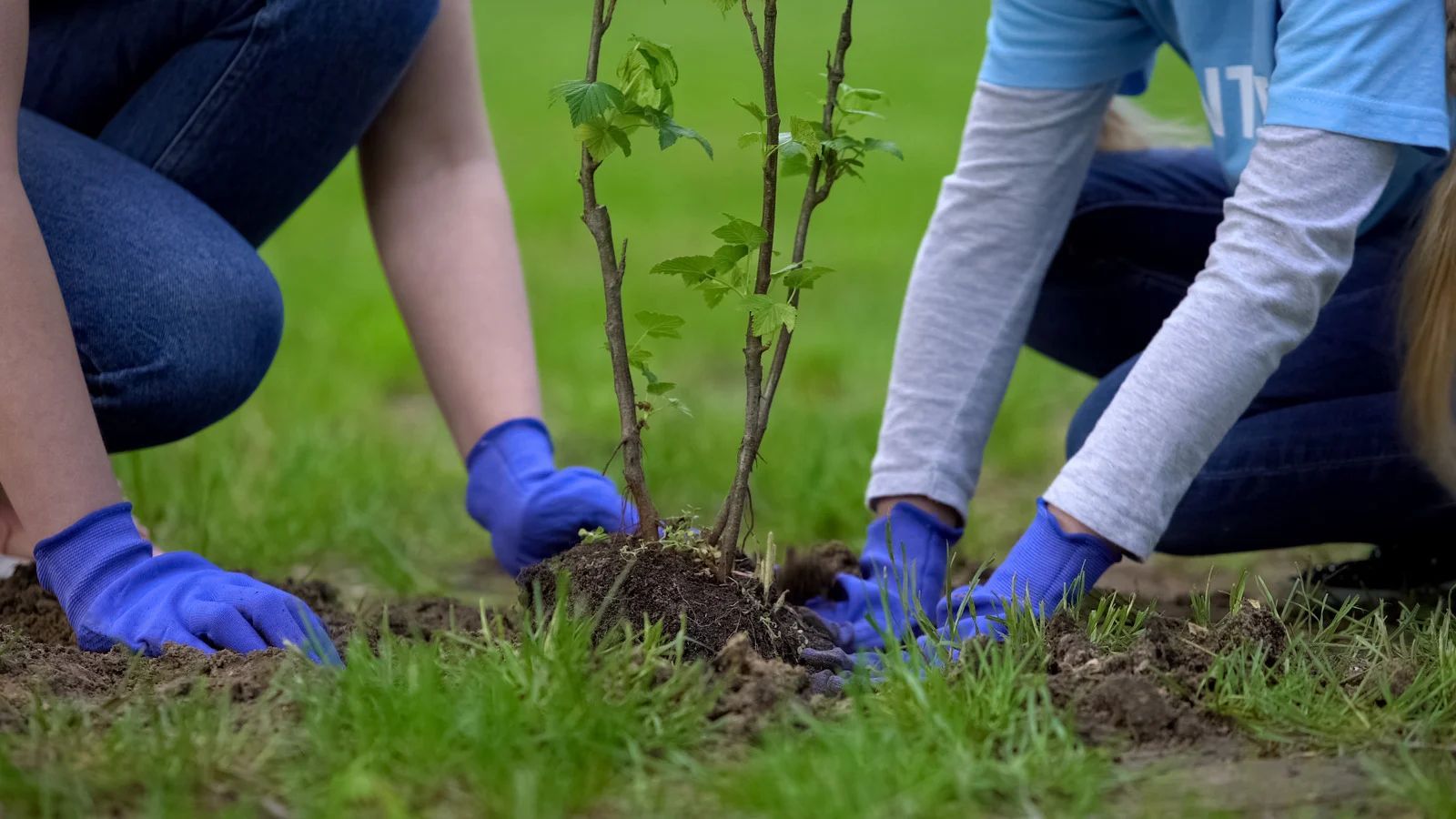Tree Root System Management: Why It’s Vital for Your Trees’ Health
October 6, 2025

While most homeowners focus on a tree's canopy for signs of vitality, the real foundation of a tree’s health lies beneath the soil. The root system is responsible for absorbing water, storing nutrients, and anchoring the tree in place. Without proper care and attention, even the healthiest-looking trees can deteriorate from below. Understanding and managing your tree’s root system isn’t just smart landscaping—it’s essential for long-term tree health and structural safety.
Healthy roots mean healthy trees, yet this critical part of the tree is often overlooked until problems arise. Roots interact constantly with the environment, and their condition can change due to soil compaction, poor drainage, pests, or construction damage. When roots are compromised, the entire tree is at risk, affecting not just aesthetics, but also safety. In this blog, we’ll explore why managing tree root systems is vital and how proactive care can make all the difference in your landscape’s longevity.
1. Absorption and Nutrition
Tree roots are responsible for absorbing water and vital nutrients from the soil. If roots are compacted, damaged, or deprived of oxygen due to poor soil conditions or heavy foot traffic, the tree will struggle to maintain its health. Symptoms such as yellowing leaves, stunted growth, or dieback often trace back to root issues, not canopy diseases.
2. Structural Support
A tree's stability is directly connected to its root system. Poor root structure can lead to leaning trees or, in severe cases, uprooting during storms. Managing roots through proper pruning, air spading, or avoiding overwatering can prevent dangerous scenarios and help trees grow stronger and straighter.
3. Root Girdling Dangers
One of the most common threats to a tree’s root system is girdling roots—roots that wrap around the trunk or other roots, cutting off water and nutrient flow. This typically occurs from poor planting practices or compacted nursery stock. Managing root development early through inspection and correction can save trees from premature decline or death.
Healthy roots require well-aerated, nutrient-rich soil. Aerating the soil around the root zone improves oxygen flow and encourages deeper root growth. Mulching is also beneficial—it insulates the roots, retains moisture, and prevents lawn equipment from damaging surface roots. Avoiding excessive mulch (volcano mulching) is equally important, as it can suffocate the roots and promote rot.
Home renovations, new landscaping, or driveway installations can severely disrupt a tree’s root system. Excavation within the dripline often severs vital roots. In such cases, root pruning and protective barriers should be implemented before starting work to reduce long-term stress on the tree.
Managing your tree's root system is not a one-time task—it’s an ongoing commitment that pays off in the form of vibrant, long-lasting trees. Whether you're dealing with a struggling tree or planning new plantings, understanding root health is key to successful tree care.
At Backwoods Tree Service, we specialize in all aspects of tree care and arborist services with over 10
years of hands-on experience. Based in Stroudsburg, Pennsylvania, our team provides expert evaluations,
root zone management, and preservation techniques tailored to your property’s needs. Protect the hidden foundation of your trees—trust us to keep them strong from the ground up.





